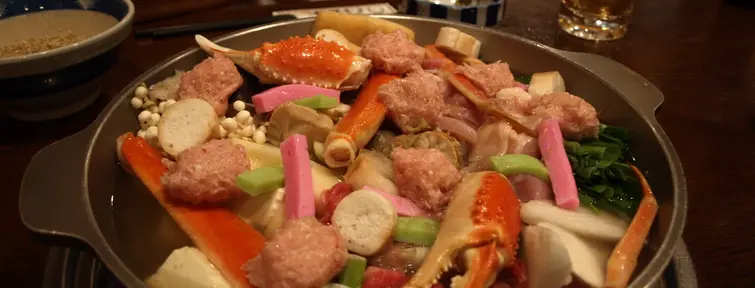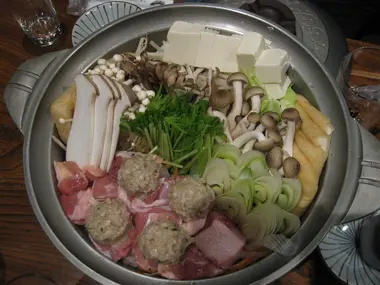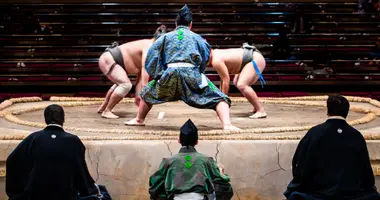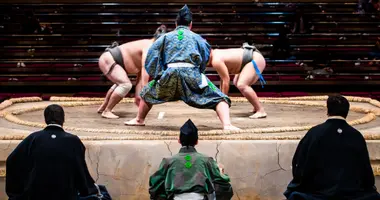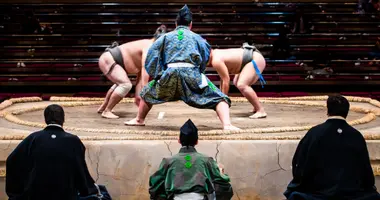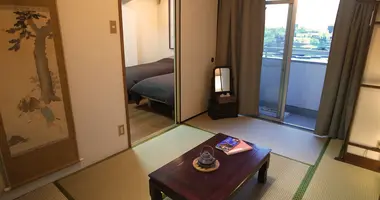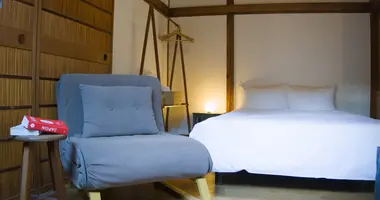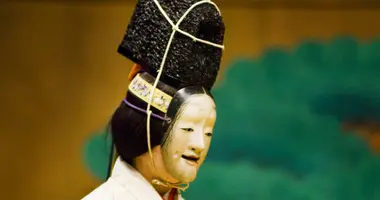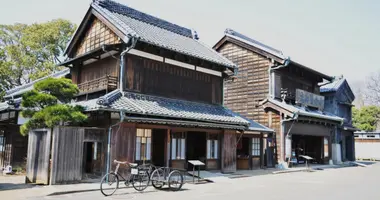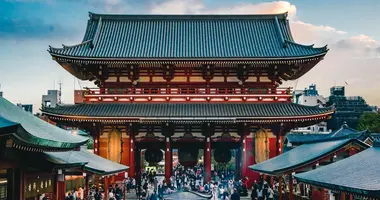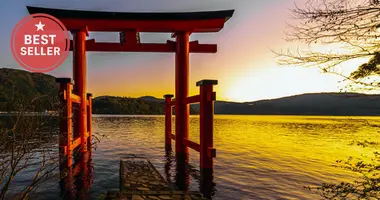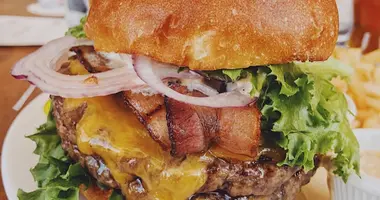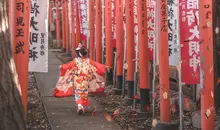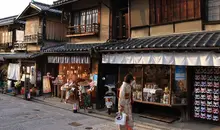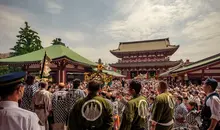Chanko Nabe—the recipe of champions
- Published on : 19/09/2025
- by : Joshua
- Youtube
The might of Japan’s famous wrestlers is world-renowned. From their stoic demeanors and, of course, their formidable size, their presence is a commanding one. But how do these wrestlers attain their strength and physiques? There are a number of factors largely related to diet, and a major pillar of this is Chanko Nabe, a traditional hotpot dish.
If you take a walk through the district of Ryogoku, you can't avoid the many chanko nabe restaurants. Many of which are run by former sumo wrestlers who have now retired. A meal of chanko nabe is a must-try when visiting Tokyo. The dish holds a large significance in the diet and training of sumo wrestlers.
What is chanko nabe?
Chanko nabe is a soup simmered in a pot, or "nabe" in Japanese, containing a large number of ingredients, including a variety of vegetables, fried tofu, and chicken. Today they are also made with beef and fish, although, in traditional sumo culture, these iterations are often avoided. In this traditional cultural context, this is because cows walk on 4 legs, which, in sumo, evokes defeat, and fish do not even have legs to carry their own weight.
Despite its relatively modest description, its simplicity along with its flexible recipe is what makes chanko nabe such a delicious and beloved dish. Sumo wrestlers are able to fill their nabes with an excess of different fill-ins, packing in calories while getting in a variety of nutrients.
Interested in sumo?? check out our sumo activities here!
How to eat chanko nabe
When you go to a chanko nabe restaurant, you are served an individual pot of a respectable size that corresponds to the portion of a single sumo wrestler. Sumo wrestlers, however, share a large common nabe where the seniors will eat first and juniors have to make do with what remains.
Once the vegetables and meat are eaten, you are then given noodles to add to your broth, just to make sure you're really full! The addition of carbs at the end of a meal, called shimemono, is a common thing in Japan to fill up your stomach. Sumo wrestlers are also usually offered a bowl of rice to make sure they don't go hungry.
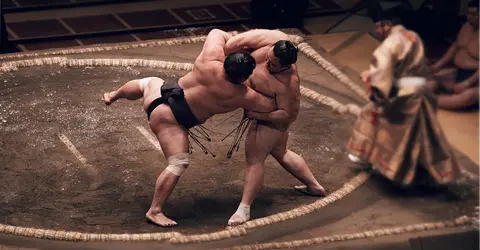
Rikishi wrestling in the dohyo
@Pixabay/ Sumo_img
We advise you to do as the sumo do: take a good nap to metabolize all of these proteins, which will turn into fat. However, try not to boast if you manage to finish your nabe. Remind yourself that sumo wrestlers eat the same amount twice a day, every day of the year.
For sumo wrestlers, size is an important factor, as a larger body contributes to a wider center of gravity that makes them more difficult to throw on the ground. Underneath that extra weight, however, is an insane amount of muscle mass for strength. The traditional warrior spirit of Japan is carried on by these athletes, and for them, chanko nabe has a lot to do with it.
Want to read more about Japan and Japan travel? Subscribe to our newsletter and follow us on Instagram!
